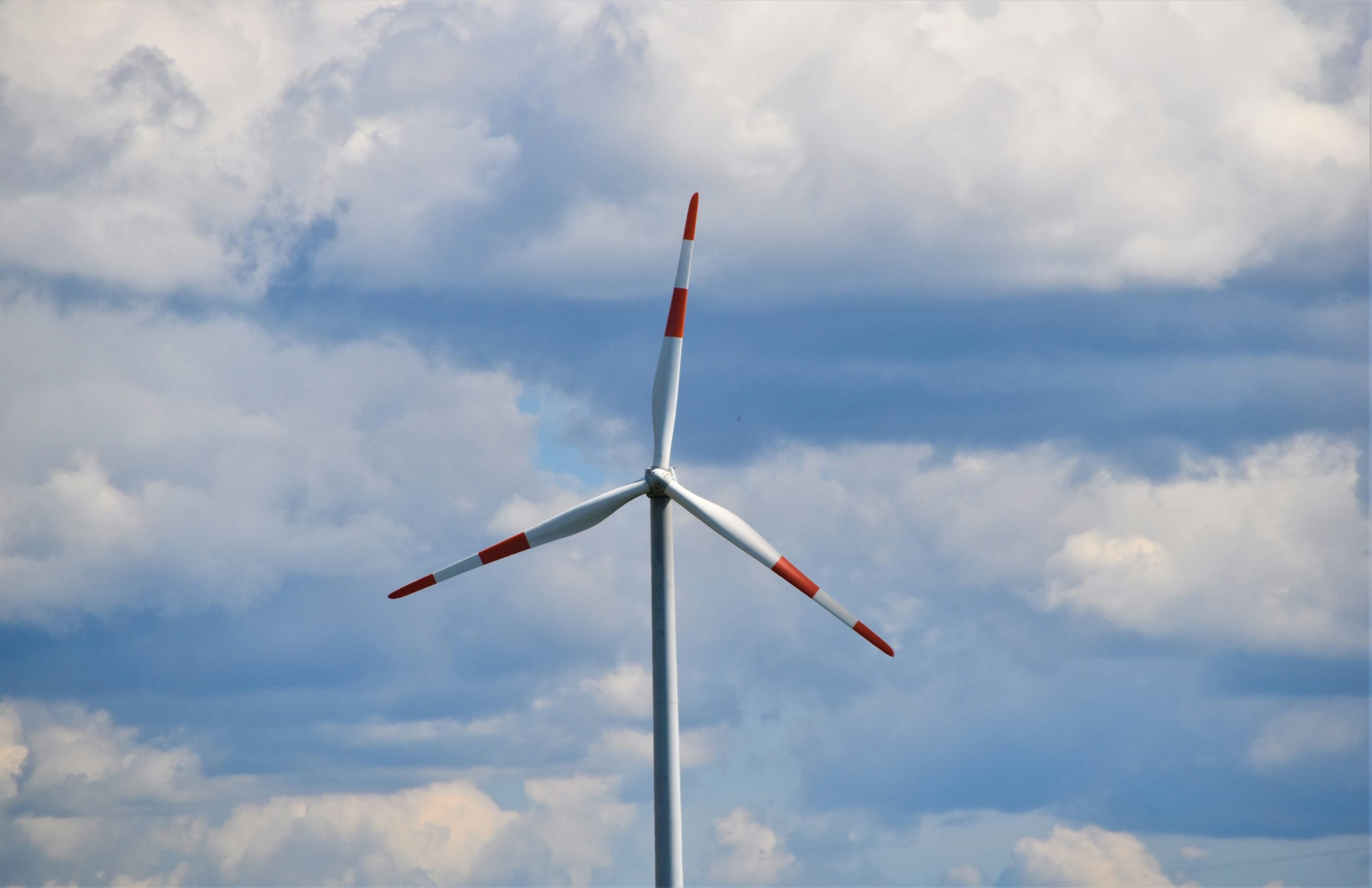Litgrid, Augstsprieguma tīkls and Elering, the electricity transmission system operators of Lithuania, Latvia, and Estonia, have launched new reserve services in the Baltic balancing capacity market following the accession of all three countries to the European balancing energy exchange platform PICASSO.
“With all Baltic electricity transmission system operators having joined the PICASSO platform, cross-border exchanges of automatic frequency restoration reserves (aFRR) have commenced. As a result, balancing services can now be procured within the Baltic balancing capacity market. This enables even more efficient management of balancing energy, strengthening the security of electricity systems,” said Donatas Matelionis, Head of the System Management Department at Litgrid.
Since all three TSOs have joined the PICASSO platform, aFRR balancing energy services are being procured since April 10, and procurement of aFRR balancing capacity services in the common Baltic balancing capacity market started from 15 April 2025.
The automatic frequency restoration reserve (aFRR) is activated automatically upon receiving a command from the transmission system operator’s dispatch control system and is fully activated within five minutes.
Litgrid joined the PICASSO platform on March 5, Elering on April 9, and Augstsprieguma tīkls on April 10.
Balancing services can be provided using a variety of technologies, including energy storage batteries, solar and wind farms, flexible consumption. In the balancing energy market, participants can offer to reduce or increase their generation or consumption capacity immediately, so that the TSO can ensure a continuous balance between generation and consumption.
The European balancing energy exchange platform, PICASSO, enables the exchange of available balancing energy by matching bids with requests between areas. Local market participants submit balancing energy offers to relevant transmission system operators.
On February 8 this year, the Baltic countries disconnected from the Russian-controlled IPS/UPS electricity system, and on February 9 they successfully connected their electricity systems to the Continental European Synchronous Area. Synchronisation allows the Baltic countries to manage their electricity systems in close cooperation with other Continental European countries, ensuring stable and reliable frequency regulation, thus strengthening energy independence and increasing energy security throughout the region. The Baltic countries have joined the Continental European grid, which serves more than 400 million consumers in 26 countries.
Source: Litgrid
















